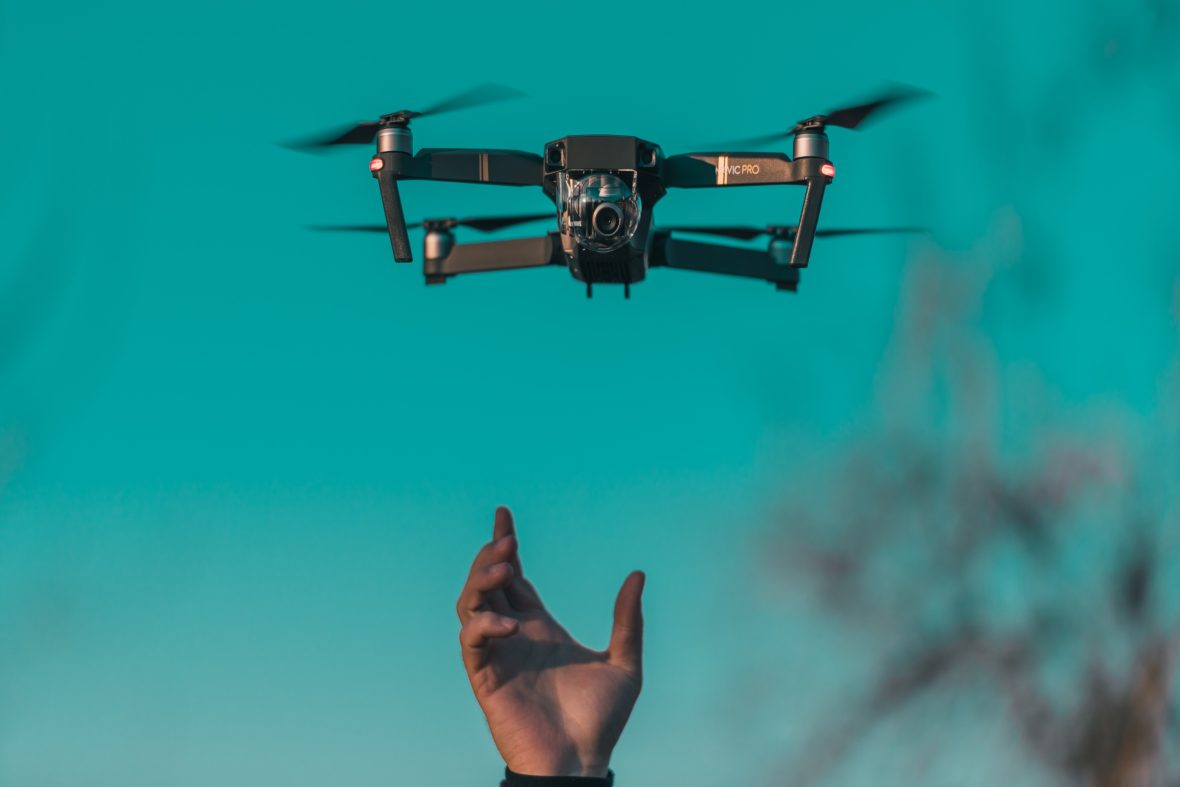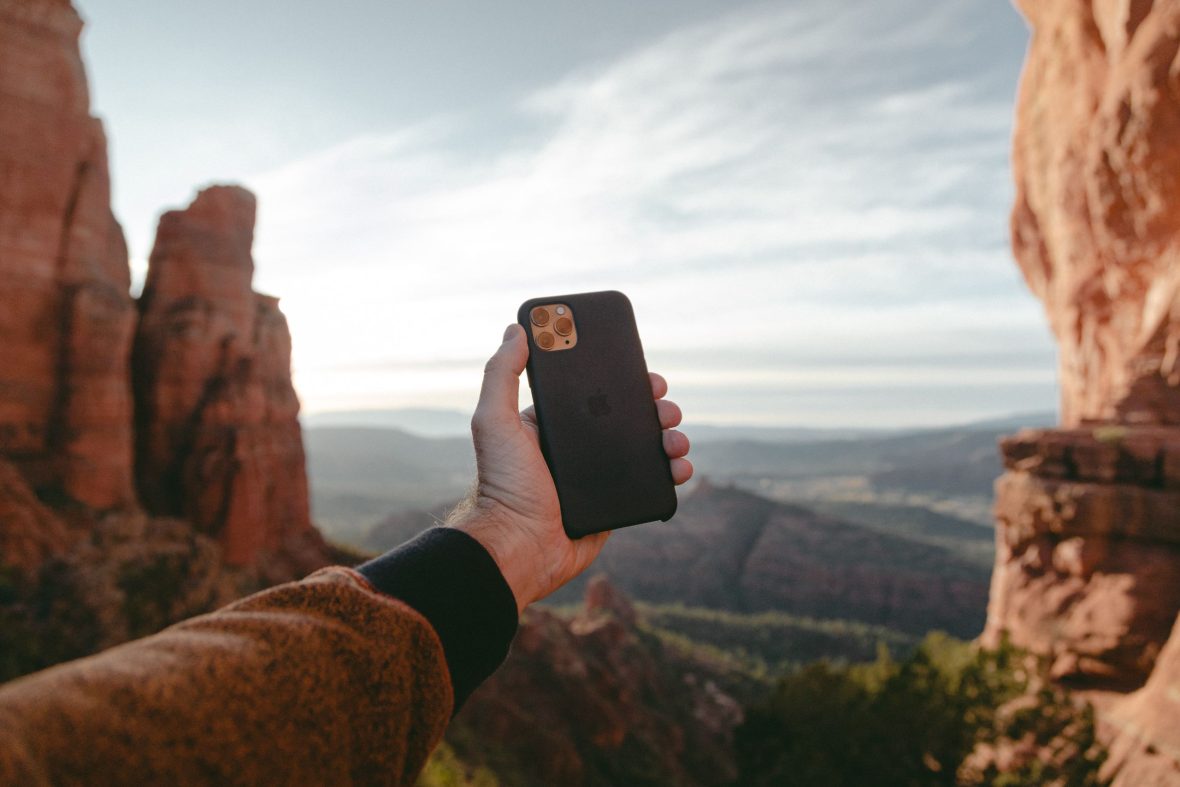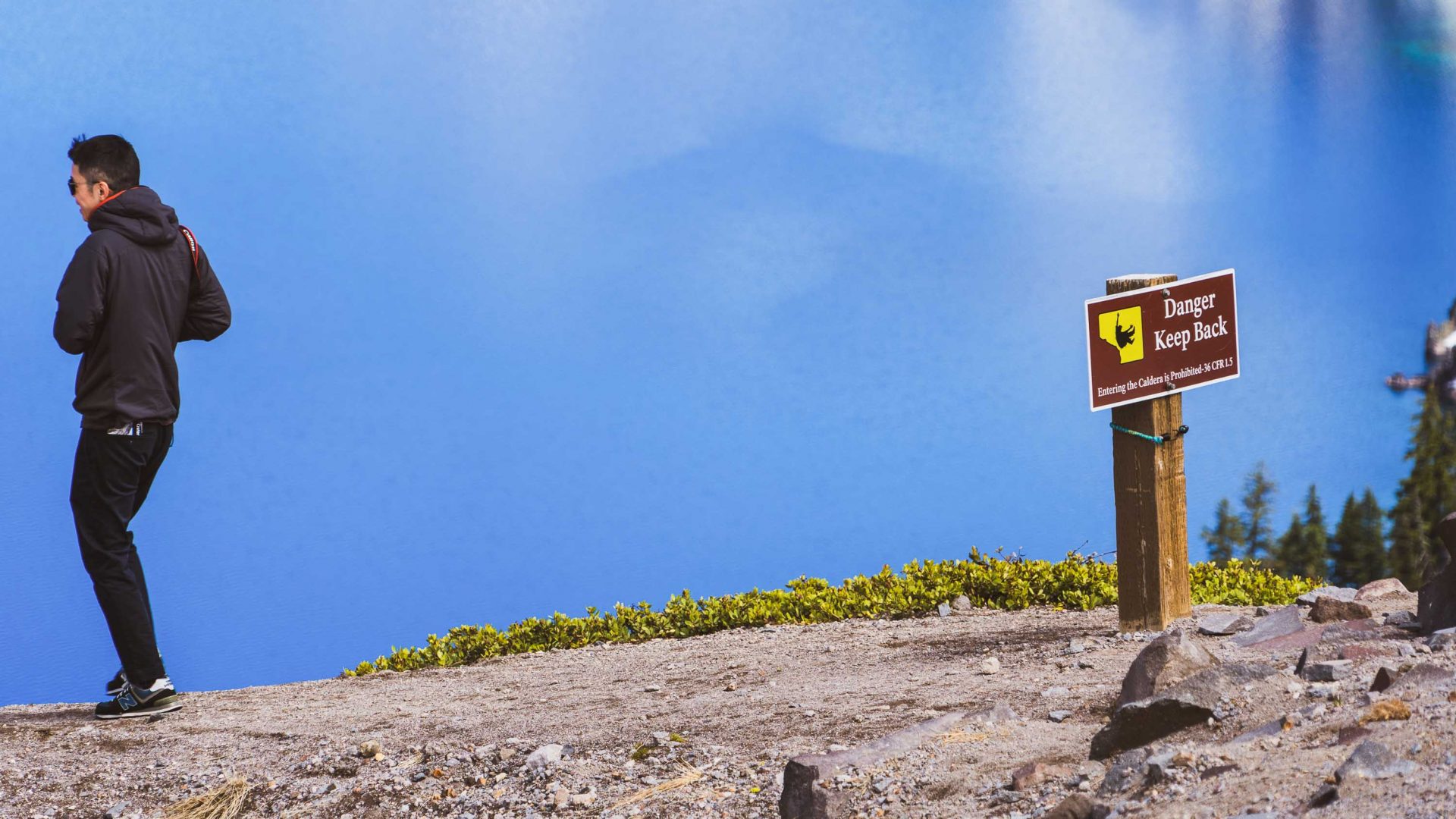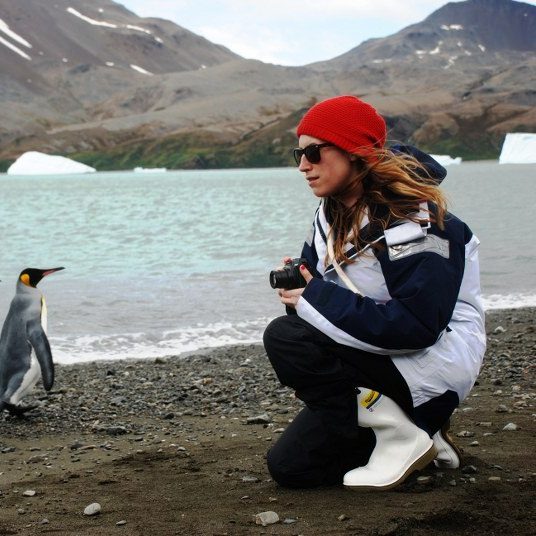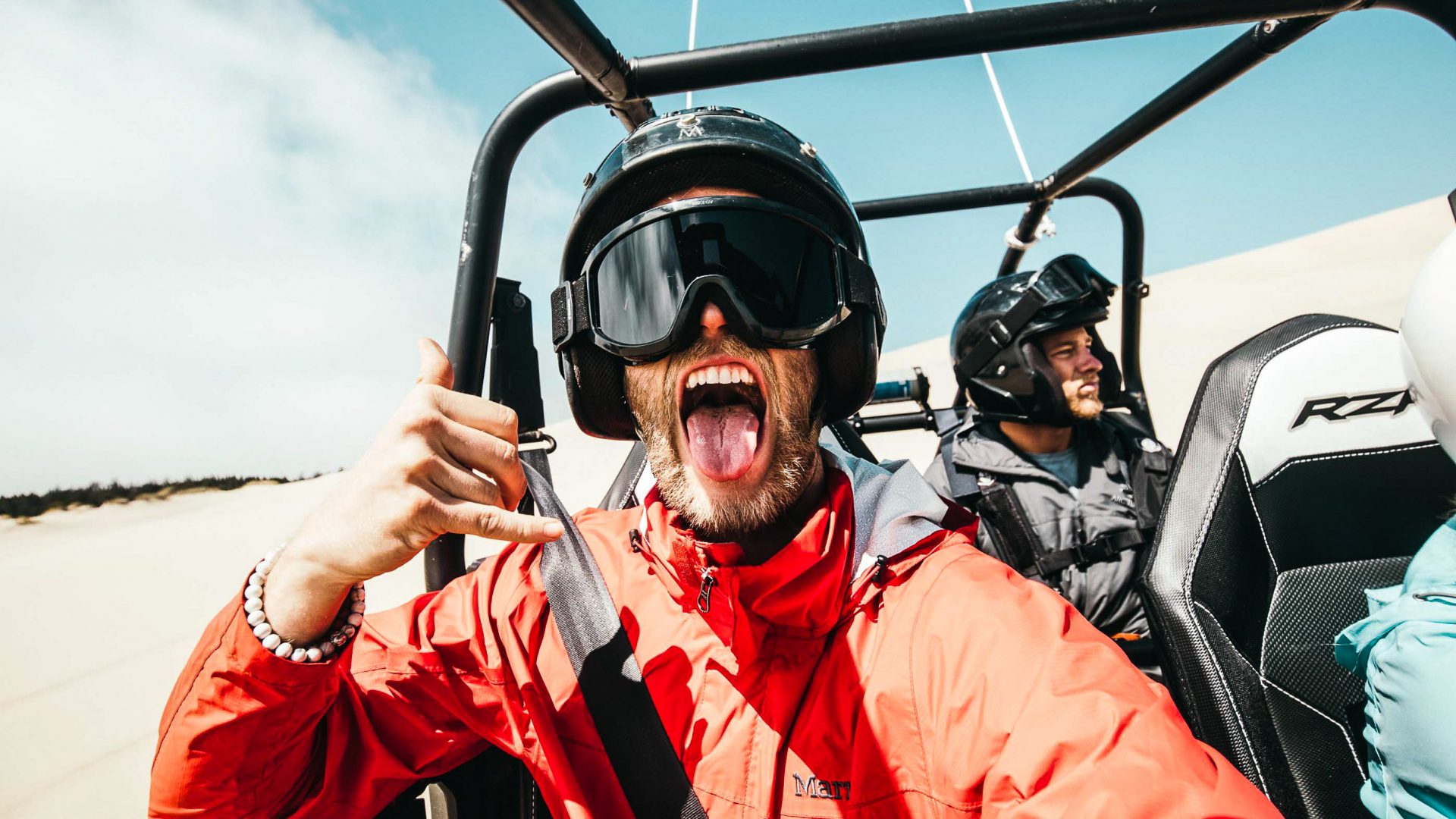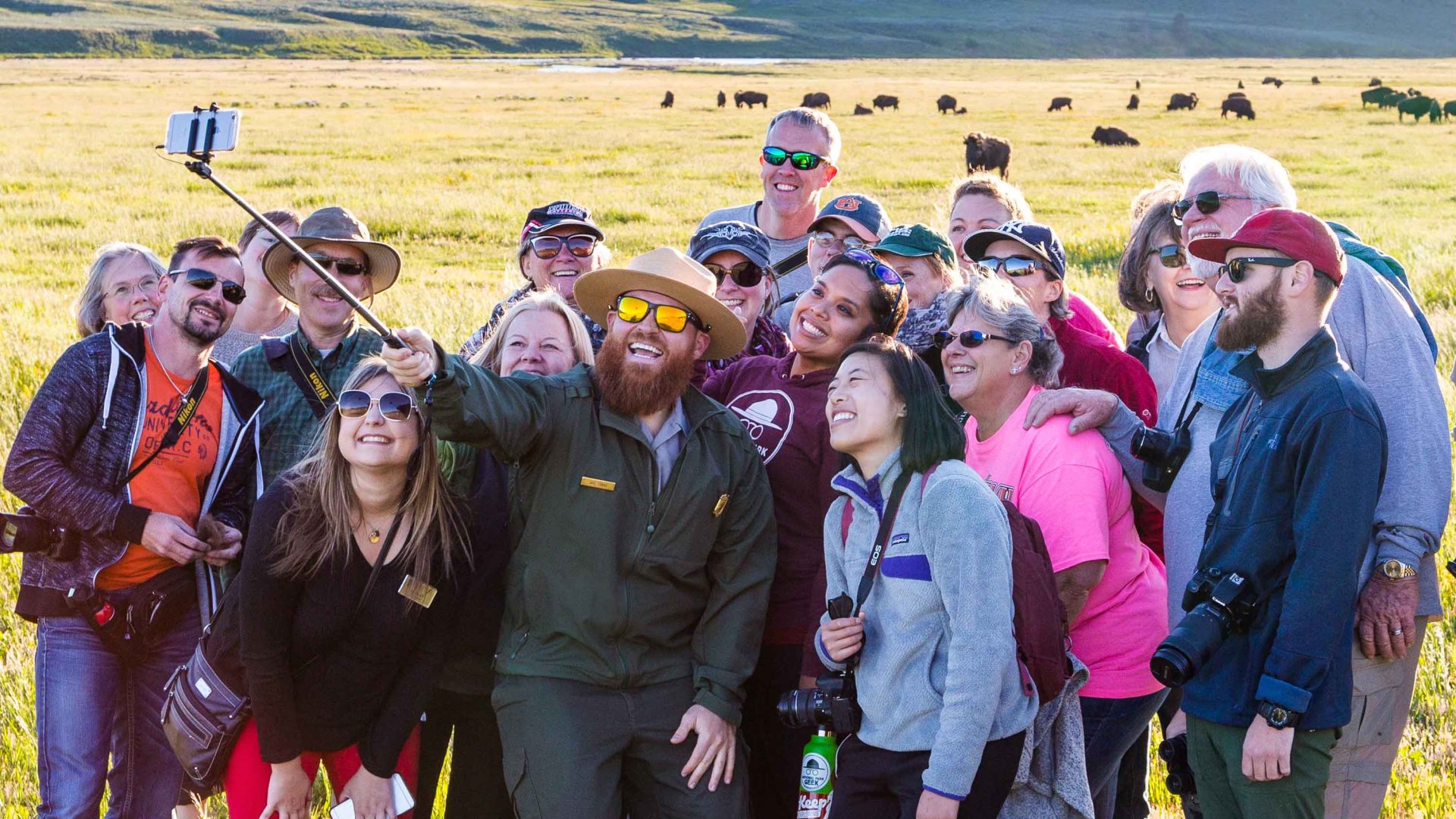Land managers have repeatedly told us signs aren’t working for these new tourists. As a result, there’s an urgent need to communicate risk and safety information in novel ways which resonate. The tools land managers have are often preventive—barriers, boardwalks and signs, coupled with punitive measures such as fines. But this isn’t working.
Better risk communication, as New South Wales authorities are doing with time-sensitive risk warnings for Figure Eight Pools, may help. Our research points to the need for fresh strategies to tackle social media hotspots and selfie-seeking by understanding what drives social-media tourists, improving risk communication and developing partnerships.
This problem has been created by the confluence of social media and human psychology. It may well be that the solution lies in the same intersection. Responsible selfie and tourism campaigns on platforms like TikTok and Instagram could be a start.
After all, it’s not that national parks shouldn’t have visitors. It’s finding ways to deal with this spurt of interest which doesn’t harm people—or nature.
**
This article is republished from The Conversation under a Creative Commons license. Read the original article here by Samuel Cornell, PhD Candidate, School of Population Health, UNSW Sydney and Amy Peden, NHMRC Research Fellow, School of Population Health & co-founder UNSW Beach Safety Research Group, UNSW Sydney .




